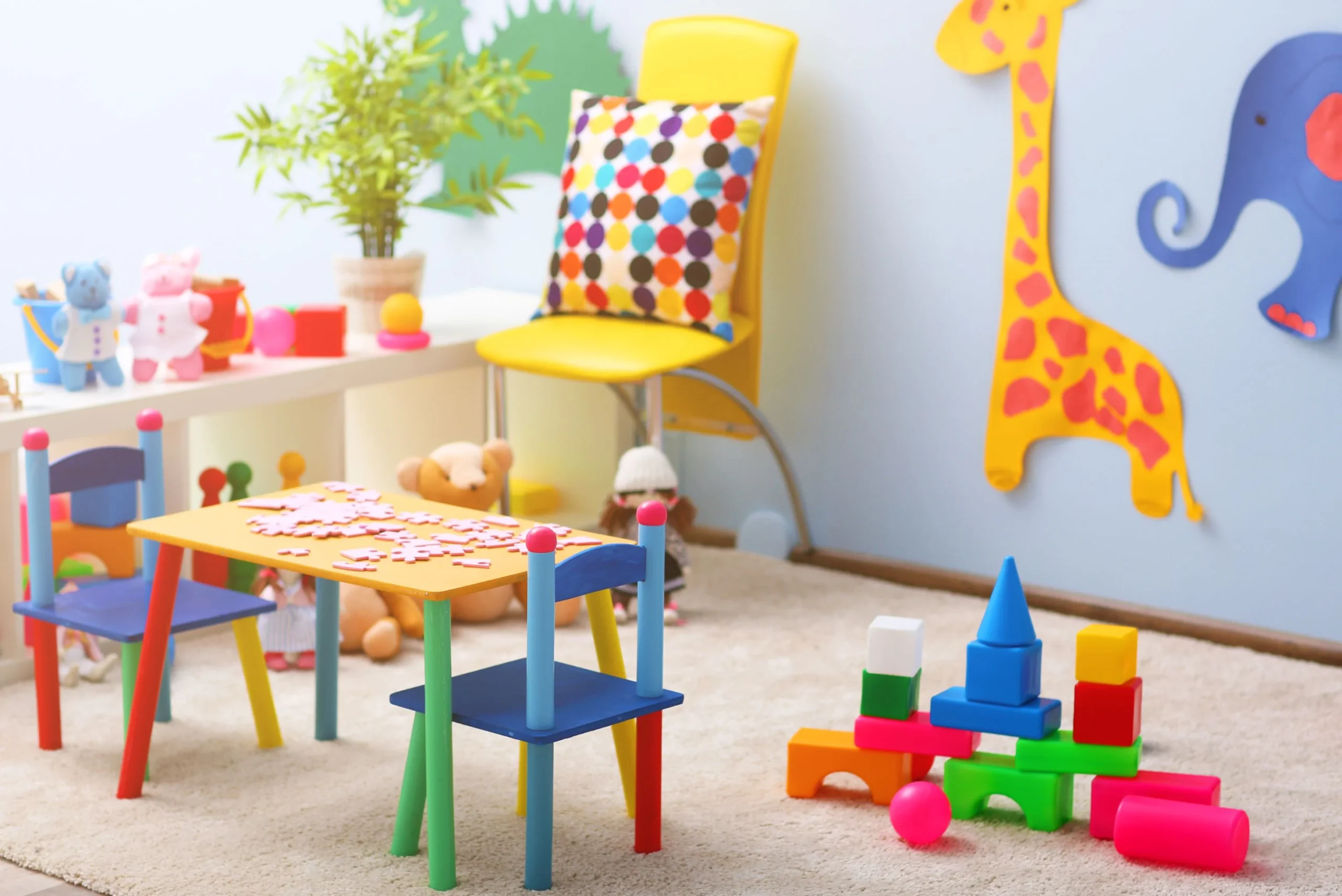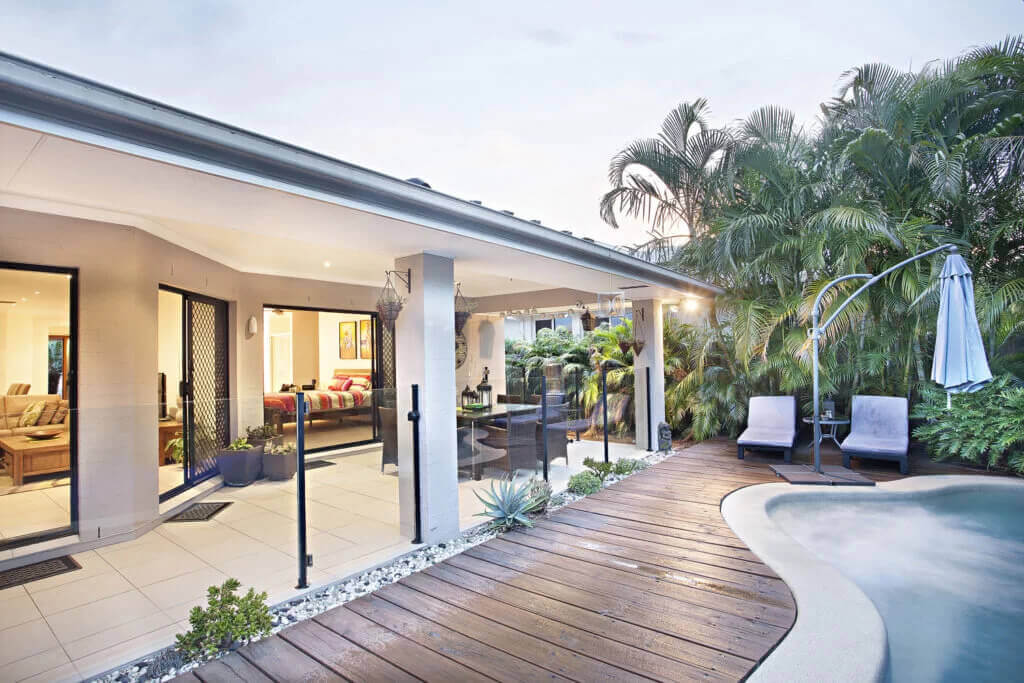Table of Contents
A simple step-by-step process to making a dream home your reality. You deserve to live in a space you desire!
You may own your own home and have been paying off your mortgage for years, or you recently bought your first investment property and you start to notice that your kitchen is falling apart, your bathroom is outdated and your laundry room doesn’t suit contemporary living standards. Your house needs some love. It needs some TLC to bring it back to life and bring it into the 2020’s!
FIVE step process to ensure a smooth transition from thoughts to reality.
Where do I start? Do I have enough money? What materials can I source? How do I execute a timely and cost – effective project? Will my selected tradespeople take advantage of my ignorance in the construction industry? Can I execute this project successfully without the help of a builder?
1. BRIEFING AND BUDGET
Ensuring a successful outcome starts with creating strong foundations. Your renovation brief is your foundation. If you build a home on weak foundations… well… I probably don’t need to finish off that sentence.
Treat the brief with the respect it deserves. Whether you are only painting walls and changing your lights, or you are knocking down walls, you need a brief.
QUESTIONS TO ASK YOURSELF
- Why do I want to renovate?
- Will this renovation change my life?
- Can I live without it and if I could, what would be my quality of life?
- What are my long term goals? Will I be living here for the next 10 years and grow my family or will I move out in a year or two?
- What is my budget?
- What are the spaces I want to renovate?
These are all important questions that you must ask yourself and will
become your benchmark to refer back to. that the most crucial one you will constantly be monitoring closely is your budget. It is very easy to say that you need new kicks as your old ones have worn out. You set yourself a budget of $150 but then get tempted to buy the latest Nike Jordans for $924.20 instead. You could have easily purchased the Nike Air and it would have done the same job for a much lower price.
2. PLANNING, PLANNING, PLANNING
Now that you have your brief and budget, it is time to knuckle down on some planning. Let’s take a bathroom renovation for example. Your first step is to measure out the room – and you don’t need anything fancier than a $9 measuring tape from Bunnings. Measure from wall to wall – corner to corner and draw it up. There are some handy apps that you can download on your computer or tablet that can also make this easy. You don’t need to be an artist to do this. Just use a ruler and put in some dimensions! It is also a good idea to take note of the ceiling height as this will assist if tiling or painting the walls. Now that you have the room laid out, you are ready for your selections.

PRO TIP Start by finding some inspiration. There is a lot of free content out there and here are a few of our favourites.
COMMON STYLES
- Art Deco
- Eco- Friendly
- Hampton Style
- Minimalist
- Provincial
- Beach Shack
- Contemporary
PRO TIP Keep fixtures in the same location (SAVE $$$)
PRO TIP Check opportunities to take advantage of natural sunlight and ventilation
It is a great idea to consult with an architect, building designer or interior designer at this stage. The upfront cost for their services can actually save you thousands of dollars during construction. They can also advise you on the right trades to use, upmarket designs and what to expect during construction. They are the specialists and have an eye for detail. They can pick out potential hurdles you will face during construction without ripping out any fixtures or walls!
3. SYSTEMISE AND PROCESS
Now that you know what you want to achieve, it is time to systemise the process. You can easily do this in an excel spreadsheet – or if you are old fashioned, write it down! The first step is to list all the milestones you will do and number them. Let’s take a kitchen renovation for example.
- Demolish and dispose of old cupboards, sink, dishwasher, oven, cooktop and floor tiles
- Clean and prepare the site
- Remeasure the spaces and confirm against your floorplan
- Place order for joinery
- Install new tiles
- Install new joinery
- Fit out your plumbing and electrical
- Remeasure cut-outs for appliances
- Install new plumbing fixtures, sink and power points
- Install appliances
- Clean site
It is a good idea to also set timeframes and deadlines for task completions. A simple spreadsheet should have the following headers:
PRO TIP allow a little leniency in your budget for variations and unexcepted and unforeseen surprises

4. SELECTING YOUR TRADES
This is a crucial stage to ensure you stay to your budget. Selecting trades can be a daunting process but you must allow adequate time to prepare for this. Ensure you give all your trades your brief and wish list. It is important to ask for a few quotes from each trade and make sure they are all given the same brief to quote on.
PRO TIP don’t ask more than 3 of each trade. You will get confused!
There are many questions to ask the trades you are considering of hiring. The most important questions should be:
- Are you Licensed?
- How many years experience do you have?
- What is your timeframe like?
- Why should we pick you for the job?
PRO TIP ask your trades if they can source your fixtures for a cheaper price. Most have trade accounts with major retailers and are able to get you 5-15% discounts.

5. PROJECT MANAGEMENT
You have now done all the necessary steps to ensure you have a successful build that will be on time and on budget. It is important at this stage to ensure you are staying true to your budget and not get excited and caught up in the moment to ‘upgrade’ to a nice-to-have standard.
PRO TIP get your Owner Builder Permit. This will help you to navigate a successful project and manage your trades, site and timeline
Take plenty of photos during each stage of construction. This is important to document just in case things go wrong. It is also nice to have to show off your new found skills to your friends!
If you have done all your prep work in the previous 5 stages then this stage should flow easily however it is not uncommon to hit hurdles during construction – and especially in a renovation. After all, you don’t know what is lurking behind all those old fixtures and walls.
We provide site design feasibility call
- learn if your project is feasible and any potential roadblocks you should look out for
- the approximate budget you should plan to invest
- what blunders to look out for (and how to avoid them)
Contact us today and book in your no-obligation phone-call to discuss your next BIG renovation idea, it could save you thousands!







